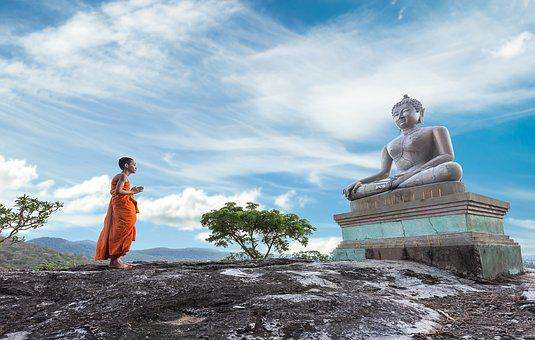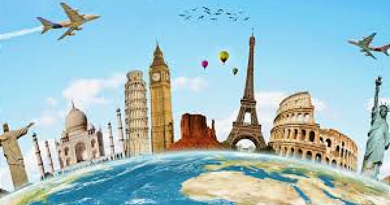5 Award Winning Travel Experiences in Asia
5 Award Winning Travel Experiences in Asia.Asia is a mystical place with enthralling landscapes, soul-stirring wildlife and vibrant underwater worlds. There’s also a thriving wellness scene that blends health with spirituality, from yoga retreats and meditation in Bali to awe-inspiring jungle lodges in Borneo.
A trend that has gained in popularity in recent years is experience-focused travel. It involves immersion into the local culture and special adventures to create life-changing experiences.
- The Great Wall of China
The Great Wall of China is an awe-inspiring monument to the country’s history and one of the world’s most visited attractions. It’s a feat of engineering and architectural wonder that stretches more than 21,196 kilometers across the country.
Although the construction of this enduring structure started during the Qin Dynasty, most of the walls that tourists see today date to the Ming Dynasty. About one-fourth of the Great Wall consists solely of natural barriers like rivers and mountain ridges, while the rest is actual constructed wall.
However, 30% of the original wall is disappearing at an alarming rate, and it’s primarily due to human negligence and plant growth. As a result, it’s important to follow rules and regulations when visiting this UNESCO World Heritage Site.
- The Forbidden City
If you’re visiting Beijing, a trip to the world-famous Forbidden City is a must. It’s one of the largest museums in the world and is home to a treasure trove of Chinese historical artifacts.
The Forbidden City, a complex of 980 buildings and a 17-metre-wide moat, is a huge palace that was once the residence of China’s Emperors. It was a sacred place, forbidden to anyone but the emperor and his entourage.
Located in the centre of Beijing, it was the seat of power for two dynasties of emperors until 1911. It was then repurposed as a museum by the Communist regime of Mao Zedong, who spared it from destruction when his forces entered Beijing in 1949.
- The Taj Mahal
The Taj Mahal is one of the world’s greatest tourist attractions, attracting millions of visitors each year. It is a magnificent white marble mausoleum designed in memory of Emperor Shah Jahan’s wife, Mumtaz Mahal.
The building’s symmetrical garden is an important part of the overall design, which suggests a connection to paradise on earth. The water fountains lined with cypress suggest longevity, while lotus flowers evoke purity, beauty, and rebirth.
The Taj is made from a combination of building materials that are sourced from all over Asia, including white marble from Makrana in Rajasthan, turquoise from Tibet, lapis lazuli from Afghanistan, and jade from China. It’s also constructed in such a way that it changes colours throughout the day: early morning it is a pinkish white, while at sunset and during the night it becomes a dazzling golden colour and shimmers silver.
- The Golden Temple
The Golden Temple, Amritsar is one of the most sacred places of worship in the Sikh religion. It is also one of the best-known landmarks in India and has recently ranked number 5 on TripAdvisor’s Travellers’ Choice Landmarks Awards.
The temple is a beautiful blend of Hindu and Islamic styles. Its lower level is made from white marble and adorned with floral and animal motifs, while its dome is gilded.
During the festive season, the Golden Temple turns into a crowded place with thousands of visitors. It is recommended that you cover your head with a scarf before entering the complex.
- The Great Wall of China
The Great Wall of China is one of the world’s most iconic and awe-inspiring structures. The UNESCO World Heritage site attracts millions of visitors each year.
While the most famous section of the wall is Badaling near Beijing, there are many other parts to see.
Despite the fact that some sections are restored, others are in disrepair and are missing pieces.
There are plenty of unique hiking opportunities along the wall, from casual strolls at Mutianyu to stupefying hikes in the Jiankou section.
Hiking is the most popular activity at the wall, but if you don’t have the energy to walk for hours, you can try some less physically intensive activities. For example, you can take a cable car to the top of the mountain.




